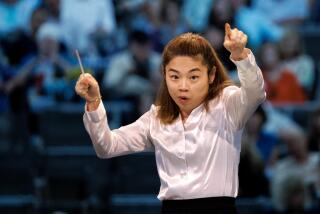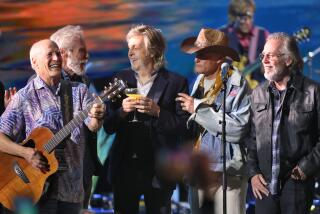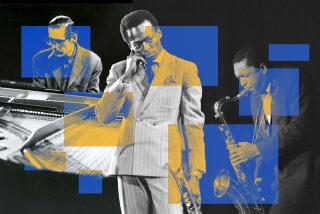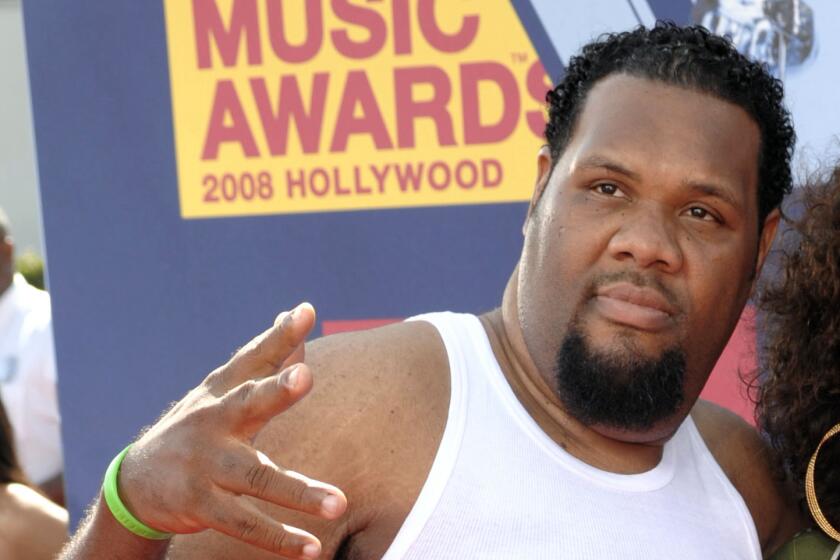In the hands of three masters, the piano’s range is revealed
The jazz piano can blast with the power of a big band. It can whisper single-line melodies with quiet, engaging lyricism. It can pound out percussively, gather clusters of rich harmony and deliver kaleidoscopic flurries of sound.
No wonder it has been the instrument of choice for jazz artists as diverse as James P. Johnson, Art Tatum, Thelonious Monk and Bill Evans. And no wonder that “Piano Masters” at the Hollywood Bowl on Wednesday could present such a far-reaching array of styles in three artists -- McCoy Tyner, Dave Brubeck and Ramsey Lewis.
From Tyner’s perspective, the piano is an orchestra in a box, a vehicle for the Wagnerian sense of drama that so often drives his playing. Opening with a pair of originals -- “Trane-Like” (referring to his long partnership with John Coltrane) and “Sama Layuca” -- he was at peak intensity from note one. With bassist Charnett Moffett and drummer Eric Harland matching his take-no-prisoners level of musical testosterone, Tyner drove with his powerful, groove-invested left hand, whipping across the surface of the rhythm with trademark clusters of right-hand arpeggios. Any unfilled musical spaces were instantly grabbed by Moffett’s virtuosic bass lines and Harland’s galvanizing percussion.
Only one number, “I Should Care,” revealed the softer qualities of Tyner’s music, the qualities that more frequently surface in his unaccompanied outings. Interestingly, it was in those passages that the depths of his talent were far more apparent than in the bombastic trio numbers.
At 83, Brubeck is a true master, comfortable in his musical skin, yet alert and receptive to new musical possibilities. His opening “On the Sunny Side of the Street” recalled his youthful attraction to stride piano, but his quartet soon moved into more contemporary mode with the lyrical “Elegy” and a new composition he announced as “London Flat/London Sharp.” In each case, Brubeck’s unique blend of jazz and classical elements was enlivened by his sly use of dissonance and a perpetual-motion approach to rhythm. Closing with the obligatory “Take Five,” he showcased the spirited alto saxophone playing of Bobby Militello.
Lewis’ music was distinctly different from that of Tyner and Brubeck. Far more concerned with space and time, he played tunes such as “Wade in the Water” (one of his hits) and Chick Corea’s “Armando’s Rhumba” with an emphasis on riff-driven, airily open improvisations and buoyant, foot-tapping rhythms. The contrast was fascinating -- a perfect conclusion to a program designed to display the many beauties of the jazz piano.
More to Read
The biggest entertainment stories
Get our big stories about Hollywood, film, television, music, arts, culture and more right in your inbox as soon as they publish.
You may occasionally receive promotional content from the Los Angeles Times.










